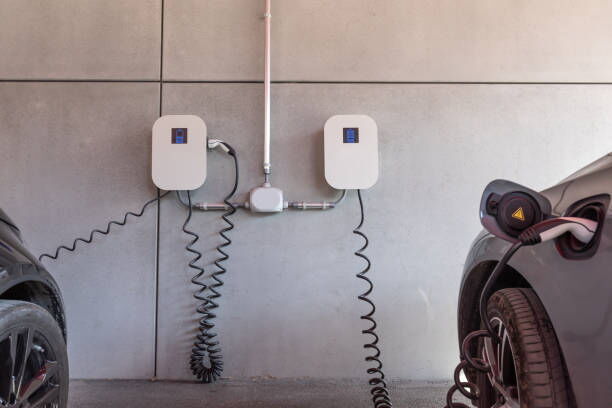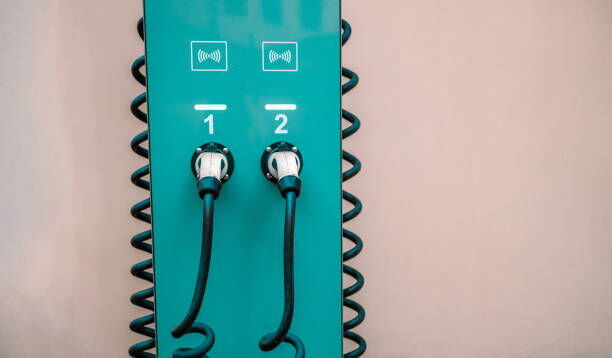As the adoption of electric vehicles (EVs) continues to rise, the demand for efficient and flexible charging solutions grows. A dual EV charger, also known as a double EV charger, is a popular choice for homeowners and businesses looking to charge two EVs simultaneously. This article explores what a dual EV charger is, its benefits, potential limitations, and cost considerations, helping you decide whether it's the right solution for your EV charging needs.

A dual EV charger is a charging station specifically designed to charge two electric vehicles at the same time. Equipped with two charging cables, it operates using a single electrical circuit, making it an efficient solution for properties with multiple EVs. This setup not only optimizes space but also reduces the need for additional electrical upgrades, as it utilizes the existing electrical capacity to power both vehicles.
However, there’s a trade-off to consider. The power output of a dual EV charger is divided between the two connected vehicles. For instance, a 7.2kW Level 2 charging station will deliver 3.6kW to each vehicle when two are charging simultaneously. While this reduces charging speed compared to charging a single vehicle, the convenience of charging two EVs simultaneously often outweighs this drawback for many users.

Dual EV chargers allow two EVs to charge simultaneously, eliminating the need to switch vehicles or wait for one to finish charging.
With a single installation point for two cables, dual chargers save space, making them ideal for compact garages or commercial parking areas.
By using a shared electrical circuit, dual chargers often reduce the need for expensive electrical upgrades.
Dual EV chargers are perfect for households with two EVs or businesses offering EV charging for employees or customers.
If you have multiple EVs, there are several ways to ensure efficient charging:
While this option provides dedicated power to each EV, it may require significant electrical upgrades and additional installation costs.
When installing a dual-port or smart EV charger at home, there are several key considerations to ensure a seamless and efficient setup.
Before purchasing a dual charger, it's important to evaluate your home's electrical capacity. A typical Level 2 charger requires a 240-volt outlet, similar to those used for large appliances like electric dryers. If your home’s electrical panel isn’t equipped to handle this, you may need to upgrade it, which could add to the overall cost.
Choose a convenient location for the charging station, such as a garage or carport where your vehicles are parked overnight. Be sure to account for the length of the charging cables and ensure they can easily reach both vehicles without strain.
While some may have the skills to install a charging station themselves, it's always recommended to hire a licensed electrician. Professional installation ensures the charger is safely set up and complies with local electrical codes, reducing the risk of accidents or issues down the road.
However, if speed is a priority, particularly for households with limited overnight charging time, upgrading to a faster single EV charger or installing separate chargers might be a better choice.
If you’re considering a dual EV charger, evaluate your charging needs, electrical capacity, and budget to ensure it aligns with your requirements. With the growing adoption of electric vehicles, investing in a reliable charging solution like a dual EV charger can be a step towards a greener and more sustainable future.
For more information or assistance in choosing the right dual EV charger, don’t hesitate to reach out to us!